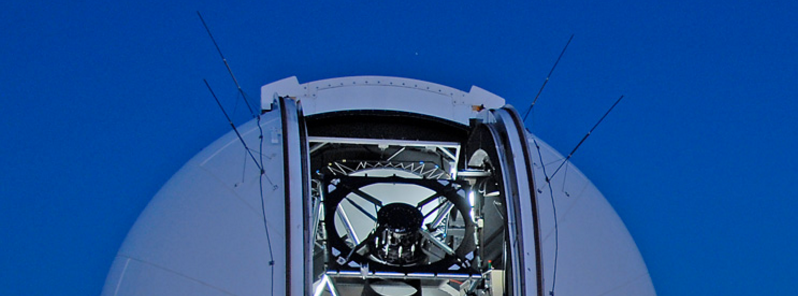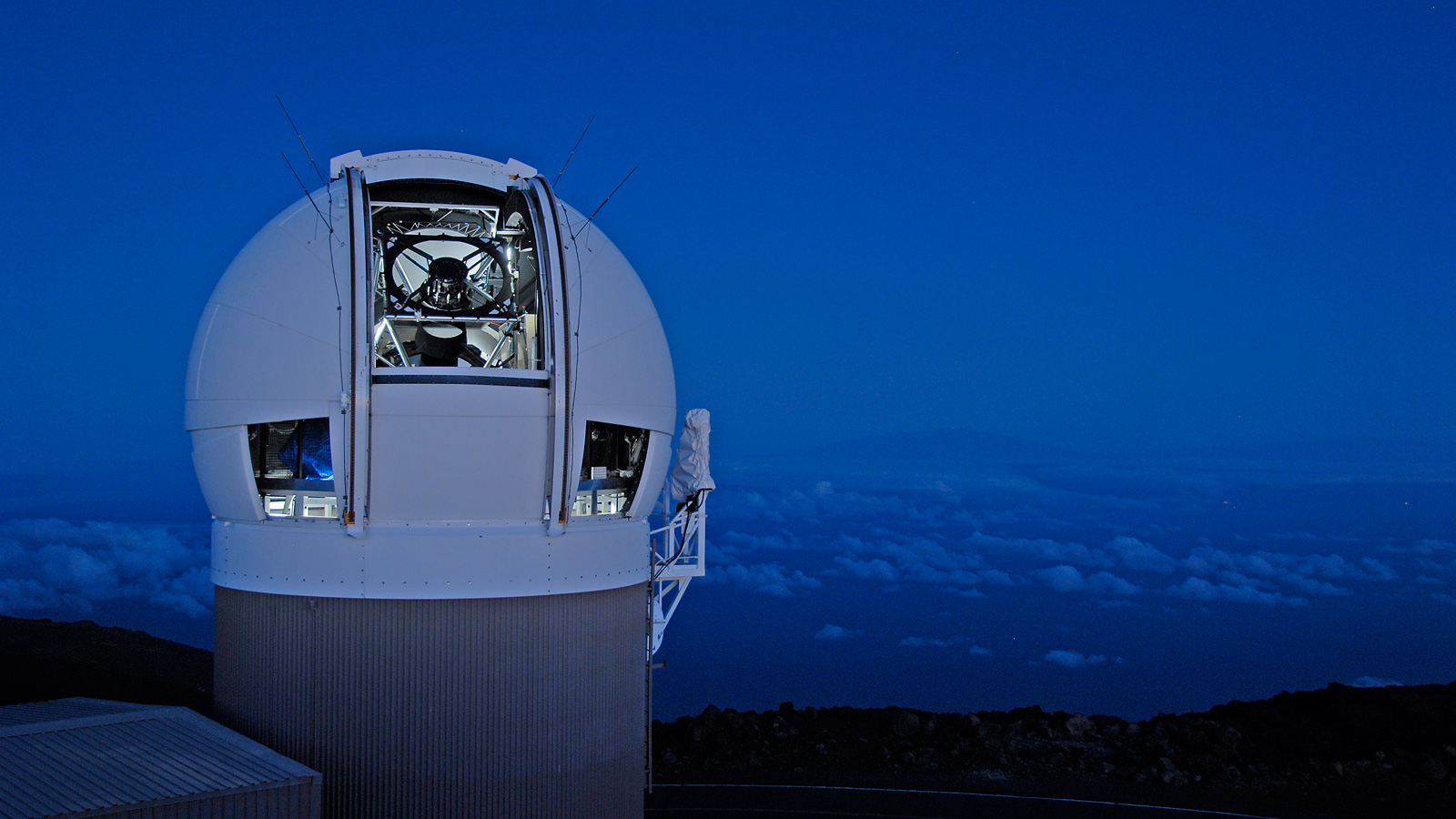NASA’s Planetary Defense Coordination Office to detect and monitor potentially hazardous NEOs

NASA's program for detecting and tracking near-Earth objects (NEOs) has now been formally established and named the Planetary Defense Coordination Office (PDCO). Its responsibility will be supervising projects oriented towards finding and characterizing asteroids and comets with trajectories passing near Earth's orbit around the sun. PDCO will take a leading role in coordinating interagency and intergovernmental efforts in response to potential impact threats, NASA announced on January 7, 2016.
NASA has been actively engaged in comprehensive planning for planetary defense for a while now, and PDCO resulted from these efforts. The office will improve and expand further, in cooperation with the Federal Emergency Management Agency (FEMA) and other federal agencies and departments.
Every year, about 1 500 NEOs are observed, and to this day, over 13 500 such objects have been detected.
"Asteroid detection, tracking and defense of our planet is something that NASA, its interagency partners, and the global community take very seriously. While there are no known impact threats at this time, the 2013 Chelyabinsk super-fireball and the recent 'Halloween Asteroid' close approach remind us of why we need to remain vigilant and keep our eyes to the sky," said John Grunsfeld, associate administrator for NASA's Science Mission Directorate in Washington.
PDCO will have responsibility for observing and tracking NEOs with trajectories that could pose a threat to our planet. It will issue notices on close flybys and warnings of potential impacts, based on verified scientific data. The office will also be in charge of coordinating efforts across the US government and participating in a response to an actual impact threat.
"The formal establishment of the Planetary Defense Coordination Office makes it evident that the agency is committed to perform a leadership role in national and international efforts for detection of these natural impact hazards, and to be engaged in planning if there is a need for planetary defense," said Lindley Johnson, longtime NEO program executive, and now lead program executive for the office, with the title of Planetary Defense Officer.

The Panoramic Survey Telescope & Rapid Response System (Pan-STARRS) 1 telescope on Maui's Mount Haleakala, Hawaii has produced the most near-Earth object discoveries of the NASA-funded NEO surveys in 2015. Image credit: University of Hawaii Institute for Astronomy/Rob Ratkowski
NEOs are detected using ground-based telescopes across the globe and NASA's space-based NEOWISE infrared telescope. Tracking data are provided to a global database maintained by the Minor Planet Center, sanctioned by the International Astronomical Union.
The Center for NEO studies (CNEOS) at NASA's Jet Propulsion Laboratory (JPL) in Pasadena, California, is in charge of precise prediction and monitoring of the object's trajectories following their detection. NASA's InfraRed Telescope Facility, Spitzer Space Telescope, and interplanetary radars are then employed to study NEO's characteristics. The activities are coordinated and funded by NASA's NEO Observations Program, which will now continue to operate as a research program under the PDCO office.
"National Science Foundation (NSF) welcomes the increased visibility afforded to this critical activity. We look forward to continuing the fruitful collaboration across the agencies to bring all of our resources — both ground-based and space-based — to the study of this important problem," said Nigel Sharp, program director in the agency's Division of Astronomical Sciences.
Over 90% of NEOs larger than 1 km (3 000 feet) have already been discovered, and NASA has now turned its efforts to detecting mid-sized objects of 140 m (450 feet) or larger. The task of identifying 90% of this NEO class objects by the end of 2020 was set in 2005. So far, about 25% of such objects has been found.
Long-term goals include developing technology and techniques for detecting or redirecting objects on an impact course with Earth. NASA's Asteroid Redirect Mission would demonstrate the effectiveness of the gravity tractor method of planetary defense, using the mass of another object to pull an asteroid slightly from its original orbital path. The joint NASA-European Space Agency Asteroid Impact and Deflection Assessment (AIDA) mission concept would demonstrate an impact deflection method of planetary defense.
If such intervention weren't possible, NASA would proceed the information about impact time, location and effects to FEMA to inform emergency response operations. FEMA would then be in charge of preparations and response planning related to the consequences of atmospheric entry or impact to US communities.
"FEMA is dedicated to protecting against all hazards, and the launch of the coordination office will ensure early detection and warning capability, and will further enhance FEMA's collaborative relationship with NASA," said FEMA Administrator Craig Fugate.
The concept of a central office to coordinate asteroid detection and mitigation has been under consideration since 2010 and NASA Office of Inspector General 2014 report concluded that the NEO Observations Program would be more "efficient, effective and transparent" if it were organized and managed in accordance with standard NASA research program requirements.
Scientists, media, and public members can keep track of the known objects by following NASA's asteroid widget. It shows next five close approaches to Earth and provides links to the CNEOS website with a complete list of recent and upcoming close flybys and all the other information on NEOs orbits.
Featured image: The Panoramic Survey Telescope & Rapid Response System (Pan-STARRS) 1 telescope on Maui's Mount Haleakala, Hawaii has produced the most near-Earth object discoveries of the NASA-funded NEO surveys in 2015. Image credit: University of Hawaii Institute for Astronomy/Rob Ratkowski

Commenting rules and guidelines
We value the thoughts and opinions of our readers and welcome healthy discussions on our website. In order to maintain a respectful and positive community, we ask that all commenters follow these rules:
We reserve the right to remove any comments that violate these rules. By commenting on our website, you agree to abide by these guidelines. Thank you for helping to create a positive and welcoming environment for all.